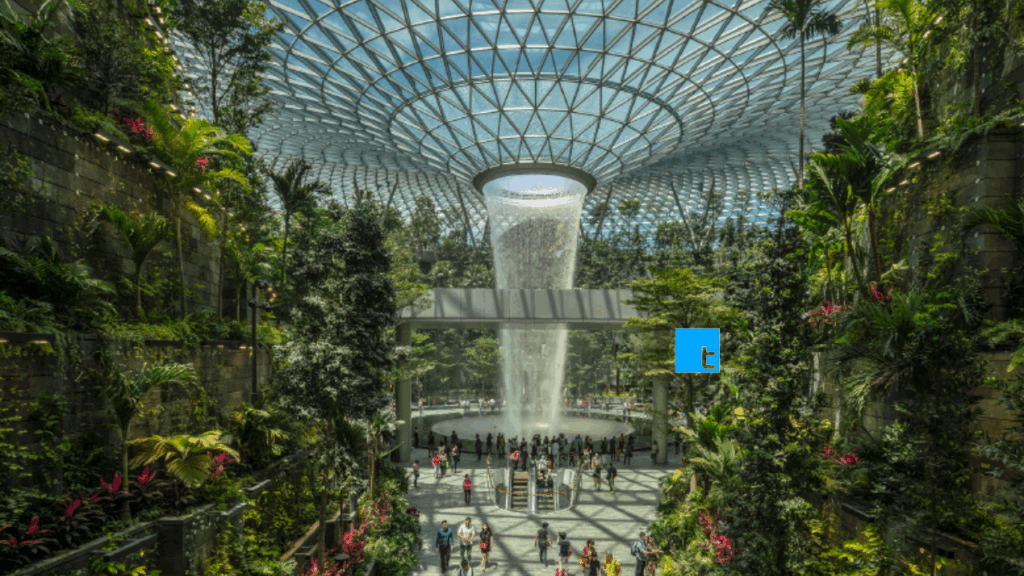Some terms in the tech world arrive quietly but define entire eras. Service-Oriented Architecture (SOA) is one such term. When it was introduced in the early 2000s, it promised a new way of building software that emphasized modularity, scalability, and flexibility. It aimed to dismantle monolithic systems, advocating for decentralized architectures. Over time, however, SOA saw its relevance fade under the wave of innovations like cloud-native platforms, microservices, and containers. But now, as we step into 2025, the essence of SOA has re-emerged with a fresh perspective. Enter SOA OS23.
Not a single product, framework, or traditional operating system, SOA acts as a conceptual architecture designed to address the complexities of today’s digital world. More than just orchestrating software, it integrates systems, humans, data, and ethical considerations. This blog dives into the evolution of SOA, why SOA matters, its unique characteristics, and how it is transforming industries.

A Look Back at the Origins of SOA OS23
To understand SOA, you must first revisit the foundations of Service-Oriented Architecture. At its core, SOA aimed to break software into discrete, reusable services that could interact via standardized protocols. The goal was to enable scalability, reusability, and modular development in ways that older monolithic systems could not achieve.
The Promise
SOA advocated for modularity through services, each responsible for a specific business function. Think of them as Lego blocks that could be assembled in numerous configurations to support diverse needs. This modular approach promised enterprise agility and faster development cycles.
The Pitfalls
While SOA presented many theoretical advantages, early implementations were prone to issues:
- Bureaucratic Protocols: Centralized service registries often became bottlenecks.
- Brittle Systems: Despite claims of interoperability, integration challenges were pervasive.
- Heavy Infrastructure: Early SOA architectures required substantial infrastructure investments, reducing their accessibility for certain organizations.
The rise of microservices, supported by REST APIs and containerization, offered a leaner alternative. SOA faded into the background, but its philosophy of modularity lived on in these new architectures.
What Is SOA OS23?
SOA is a modern reimagination of the principles behind SOA but adapted to address the challenges of the 2020s. It is neither software nor a rigid framework. Instead, it’s a conceptual operating stack that emphasizes adaptability, context-aware services, and decentralized decision-making.
SOA OS23 Can Be Thought Of As:
- A design philosophy for creating autonomous yet aware services.
- A meta-operating system spanning cloud, edge, and IoT devices.
- A governance framework embedding ethical and human decision-making into system architectures.
- A dynamic system where services communicate based on context and events, not just requests.
Unlike traditional SOA, SOA OS23 services do not merely respond to requests but act as intelligent agents capable of making decisions, adapting to changes, and continuously evolving.
Key Characteristics of SOA OS23
SOA OS23 combines principles from distributed systems, AI, and governance to offer unique advantages for today’s digital ecosystems.
1. Event-First Logic
SOA OS23 operates in an event-driven world. Events act as signals, such as sensor data, user interactions, or system-generated triggers. Instead of relying on request-response communication, services continuously subscribe to and react to these signals, enabling real-time adaptability.
2. Context-Aware Service Mesh
Service meshes in SOA OS23 are more than just networking layers. They consider why a service is invoked. For example:
- User mood or intent,
- Device status,
- Regional legal compliance,
- Real-time service health.
This context-aware routing enables smarter decisions without introducing unnecessary latency.
3. Human-in-the-Loop Interfaces
Unlike traditional SOA’s focus on machine-to-machine (M2M) communication, SOA OS23 prioritizes human input in decisioning loops. Systems provide space for human override in sensitive domains like healthcare, finance, and education, ensuring critical decisions remain ethical and informed.
4. Semantic Interoperability
SOA OS23 moves beyond syntactic compatibility by fostering semantic understanding between services. AI-driven translation layers allow systems to work together even if they use different taxonomies, data models, or schemas.
5. Modular Compliance and Ethics Engines
Every service in SOA OS23 includes metadata detailing its rules around compliance, access, and privacy. This enables real-time auditing and seamless adherence to regulations like GDPR or AI Acts.
Why SOA OS23 Matters Now
1. Increasing Complexity
Today’s digital ecosystems are fragmented, spanning cloud environments, IoT devices, mobile apps, and decentralized systems. Legacy architectures crumble under this complexity. SOA OS23 offers a cohesive framework to orchestrate these elements seamlessly.
2. AI-First Systems
Modern applications involve real-time machine learning, adaptive interfaces, and autonomous systems. SOA OS23 creates a backbone for these interactions while maintaining clarity and control.

3. Rising Privacy Regulations
With governments worldwide introducing data privacy laws, SOA OS23’s built-in compliance mechanisms allow organizations to stay ahead of regulatory demands.
4. Ethical System Design
A growing cohort of developers now prioritizes ethical, sustainable system design. SOA OS23’s transparency, governance, and modularity align with the values of this new wave of developers.
Architectural Blueprint of SOA OS23
SOA OS23 introduces a layered architecture that ensures adaptability, clarity, and compliance at every stage:
- Sensor and Interface Layer
The system’s edge interacts with humans, devices, and data streams, treating every action (clicks, swipes, triggers) as structured events.
- Orchestration Mesh
It routes events based on semantic context, making decisions aligned with user intent, service priority, and compliance rules.
- Ethics and Policy Engine
Decisions pass through a rules engine, ensuring compliance with privacy standards and ethical considerations.
- Service Repository
A centralized space for services, complete with versioning, tags, and dependencies. Services can be hot-swapped for updates.
- Intelligence Layer
This layer supports predictive analytics, anomaly detection, and dynamic service composition, with an emphasis on explainability.
Real-World Applications of SOA OS23
Healthcare
Wearables, health records, and AI-powered decision systems connect seamlessly under SOA OS23, ensuring patient privacy while delivering timely insights.

Smart Cities
Traffic, utilities, and emergency services coordinate dynamically through event-driven orchestration.
Education
SOA OS23 curates personalized learning paths, adapting in real-time to student progress and context.
Building the Future With SOA OS23
The resurgence of SOA in the form of SOA OS23 signals a paradigm shift in how we architect digital systems. Its adaptability, ethical focus, and context-aware design make it perfectly suited for the challenges of modern enterprises.
For organizations exploring how to thrive in this modular, multi-cloud world, SOA OS23 isn’t just a recommendation. It’s your blueprint for resilience in the years to come.


